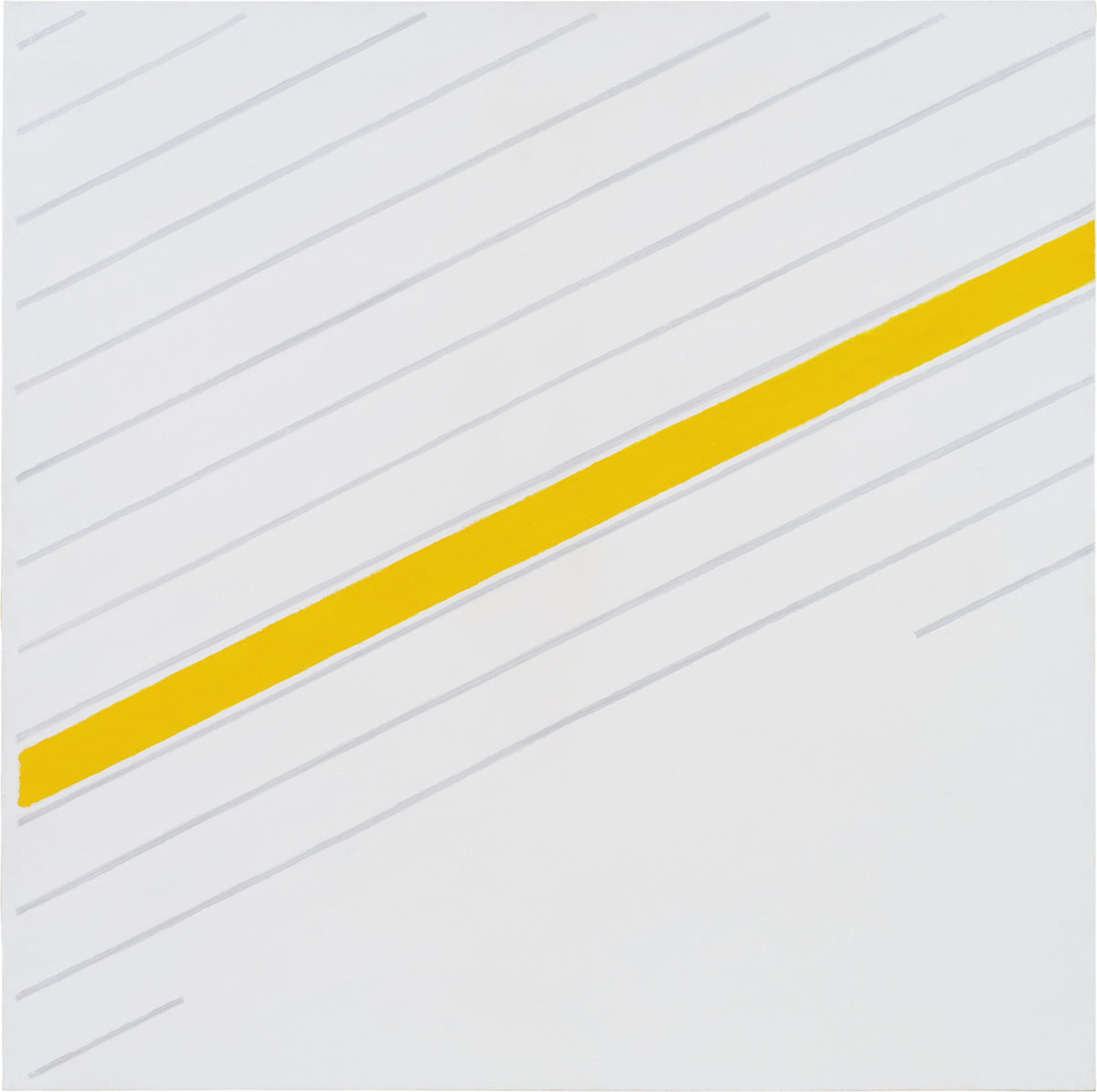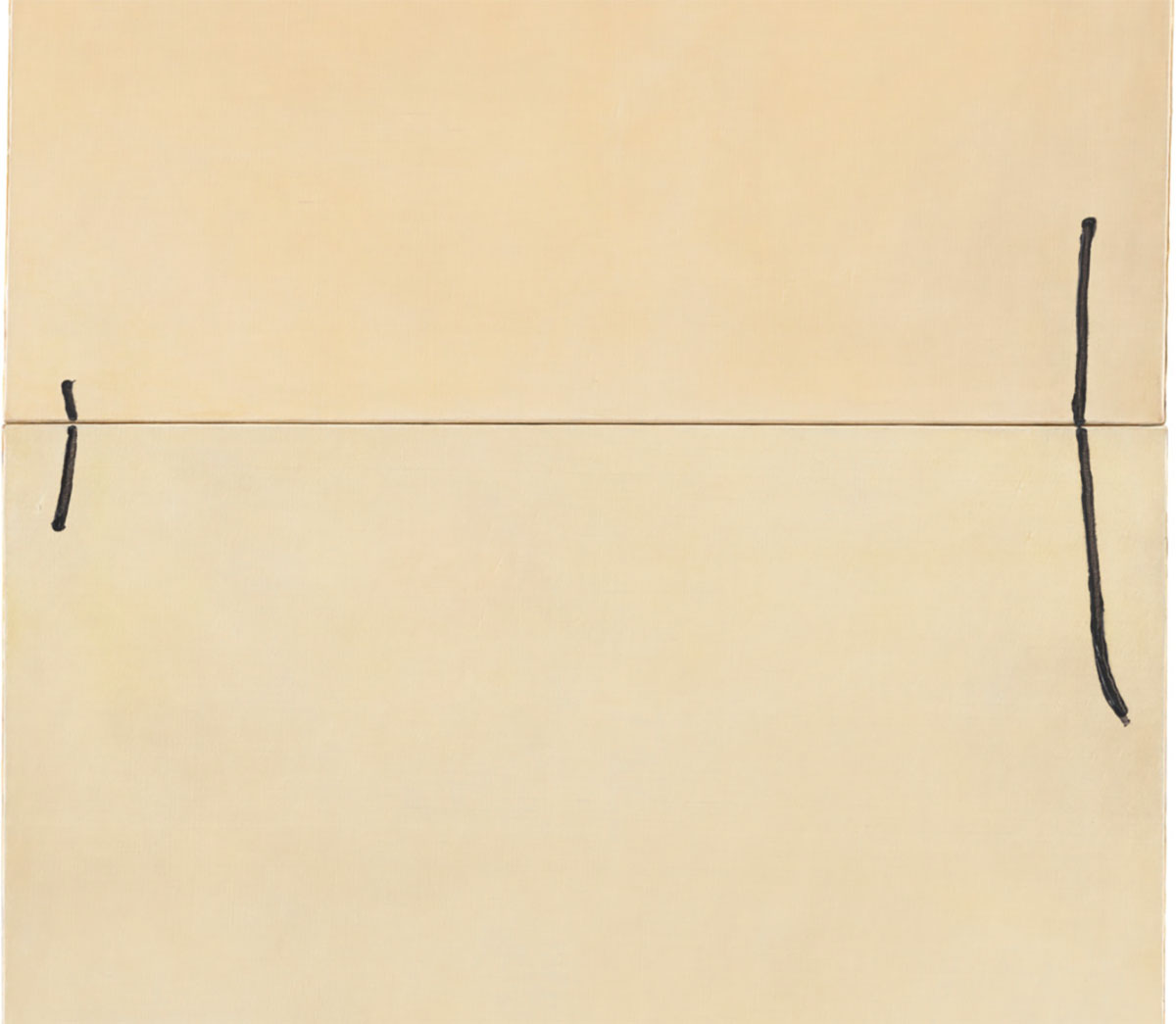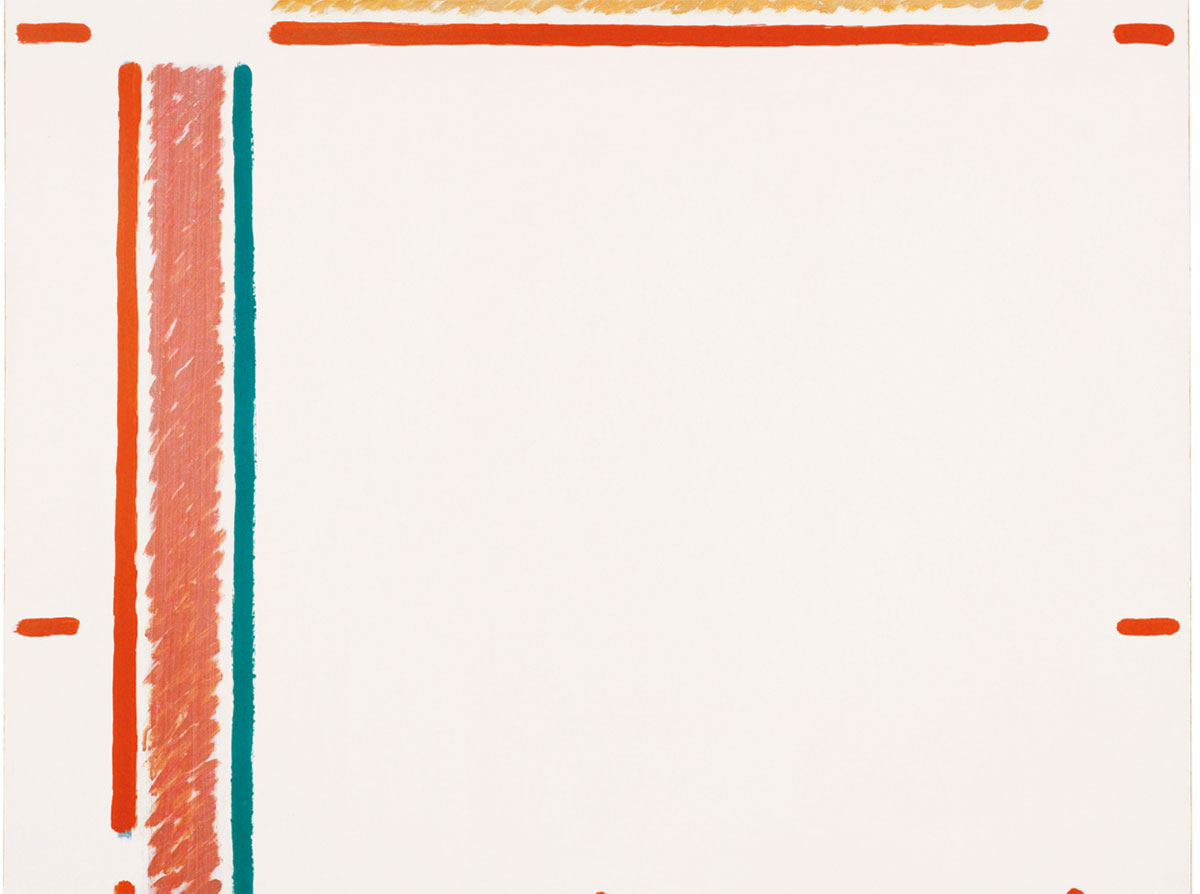ART CITIES: N.York-Martin Barré
 Martin Barré is known for his pioneering, conceptual approach to painting. Beginning in the 1950s, Barré rejected the gestural abstraction of his peers and began developing his own systems-based compositional methods. Patterns and geometric principles helped define his paintings, which adhered to a set of self-prescribed rules. “I don’t paint to convey my moods,” Barré said, “I use a rule and only transgress it when the painting calls for it”.
Martin Barré is known for his pioneering, conceptual approach to painting. Beginning in the 1950s, Barré rejected the gestural abstraction of his peers and began developing his own systems-based compositional methods. Patterns and geometric principles helped define his paintings, which adhered to a set of self-prescribed rules. “I don’t paint to convey my moods,” Barré said, “I use a rule and only transgress it when the painting calls for it”.
By Dimitris Lempesis
Photo: Matthew Marks Gallery Archive
The exhibition “Martin Barré: The Inseparable” presents for the first time in the United States Martin Barré’s L’Indissociable / The Inseparable (1977–78), a set of fourteen paintings that make up the artist’s largest single artwork. Each painting in “The Inseparable” offers a variation on a single geometric principle, defined by diagonal lines and parallel bands of color at a fixed angle. The fourteen canvases are installed at a prescribed height and distance from each other and the paintings function both as a series and a polyptych, two compositional methods with which Barré started working in the late 1950s. The Inseparable is the only series the artist conceived of as indivisible from its beginning. As Yve-Alain Bois has written, The Inseparable “is a hybrid form that breeds two distinct structures of fragmentation and reunification”. Martin Barré was born Michel Barré on September 22, 1924, in Nantes, France. He trained at the École des beaux-arts, Nantes, first in architecture and then in painting, before moving to Paris in 1948. In 1955 he exhibited his first abstract paintings at the Galerie La Roue. However, it was not until around 1958 or 1959, after he had traveled to the Netherlands, where he saw the work of Russian artist Kazimir Malevich, that his art attained the expressive rigor that became its hallmark. Barré designated space in his paintings by the distinct relationship between figure and ground, using forms that are spare and reduced, thus leaving much of the surface of the canvas open. In an effort to avoid expressionistic gestures, he applied paint with a palette knife instead of a brush. In 1960, Barré exchanged the knife for the paint tube, mixing its contents himself and then squeezing the paint directly onto the canvas. In 1963 he turned to spray paint, a medium with properties he had come to appreciate when looking at graffiti in the Parisian metro. Having found a matte black he liked, he used this method until 1967 and made paintings that either consist of white surfaces marked by subtle traces of spray paint in a corner, or are striped. In 1967 Barré decided to use stencils, and cut out the shape of an arrow from a large sheet of paper, for mark making that was controlled rather than intuitive. Then for five years Barré stopped painting altogether and concentrated on conceptual work, such as a group of photographs shown at Galerie Daniel Templon in 1968 that presented details of the Parisian gallery’s empty interior. When he returned to painting in the early 1970s, Barré began using acrylics and a brush, and adopted a slightly more expressive style. Perpetually restless and seeking new ways to challenge accepted modes of abstraction, Barré soon moved on, eventually making a series of paintings in which geometric shapes in bright hues abut the edge of the canvas, usually painted a soft pink, and creating an ambiguous delineation between figure and ground.
Photo: Martin Barré, 75-76-D-157×145, 1975–76, Acrylic on canvas, 61⅞ × 57⅛ inches; 157 × 145 cm, Courtesy Matthew Marks Gallery
Info: Matthew Marks Gallery, 523 West 24th Street, New York, NY, USA, Duration: 13/1-2/3/2024, Days & Hours: Tue-Sat 10:00-18:00, www.matthewmarks.com




